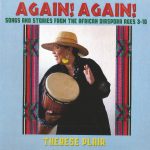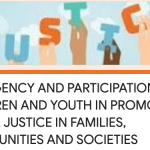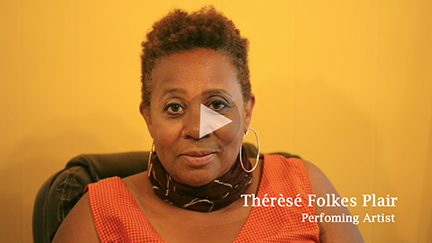Millions of children around the world are the victims of blight, acute food shortages, inadequate medical care, and seemingly interminable civil disruptions and are thus denied the opportunity to grow into fully functioning, productive adults.
To confront this harsh reality, educators must utilize every tool available to them. Arts education is one such tool that demands very serious attention. Social scientists have persuasively demonstrated that exposure to the arts and the creative process can be key to establishing emotional and intellectual connections with children. Learning and healing are just two of the outcomes of this process.
In my twenty-five years of travel, research and instruction in the US and in West and Southern Africa, I have witnessed the contributions arts education can make to development of the whole child. What happens when children are given the opportunity to sing out their sadness, paint their fears, transform into a superhero? Laughter and intellectual stimulation. Rising hope and awakening faith in possibilities. And so much more.
Our ancestors understood the value of the arts and how they anchored us in tradition and escort us in our lives. [OK? Check original] Like social scientists, educators acknowledge the power of the arts in establishing emotional and intellectual stability in children:
—Why, then, are artists still at the door holding out a cup and begging for support of this educational and healing power?




Leave a Reply